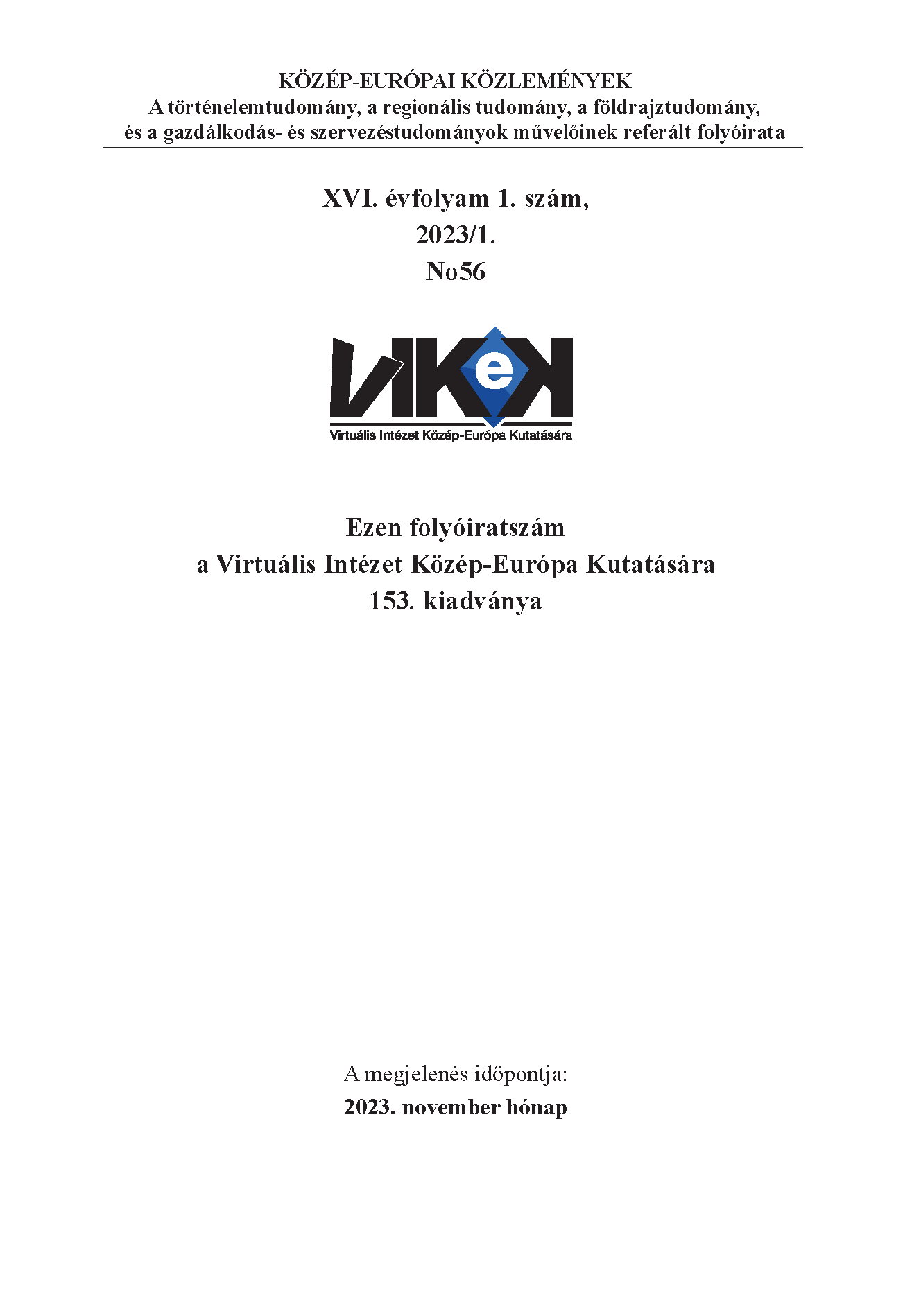Helvécia két élete. Fejezetek a helvéciai gazdasági vasút történetéből
Main Article Content
Absztrakt
The village of Helvécia owes its birth to destruction - named after the phylloxera, in Hungarian the grape root louse. Phylloxera was discovered in America in 1856, and was brought to Europe at the turn of the 1850s and 1860s on vines. The dreaded disease spread with alarming speed. The Hungarian Ministry of Agriculture drew attention to the disease in 1874, for the first time a strong infection was detected in 66 acres of grapes in Pancsova, Torontál County, but the terrifying dimensions of its destructive effect only unfolded in 1885. In a decade, half of Hungary’s 625,000 cadastral hectares of vineyard land was covered by phylloxera in the traditional wine-producing mountains and hills. It was not without reason that it was first called a disaster, as it destroyed the most valuable and noble grapes of our historic wine regions. They tried to stop the epidemic in several ways - carbon sulphurization, flooding with water - but in the end, only planting vines in sand proved to be effective. The sand of Kiskunság, which is rich in quartz, provided excellent soil for the cultivation of grapes in the quicksand, and at the same time, the planting of grapes proved to be effective in binding the sand. The agricultural government supported the planting of grapes on sand, in 1883 a law provided for new planters to receive a six-year tax exemption. Two entrepreneurs made Helvécia great, Ede Wéber, a teacher form Switzerland, and Zoltán Grüssner, a Hungarian landowner. Güssner was connected the estate to the Hungarin state railway with a 17 kilometer long narrow-gauge economic railway to make the business more successful. After WW2 the Hungarin state continued the fruit growing also with a great success.
